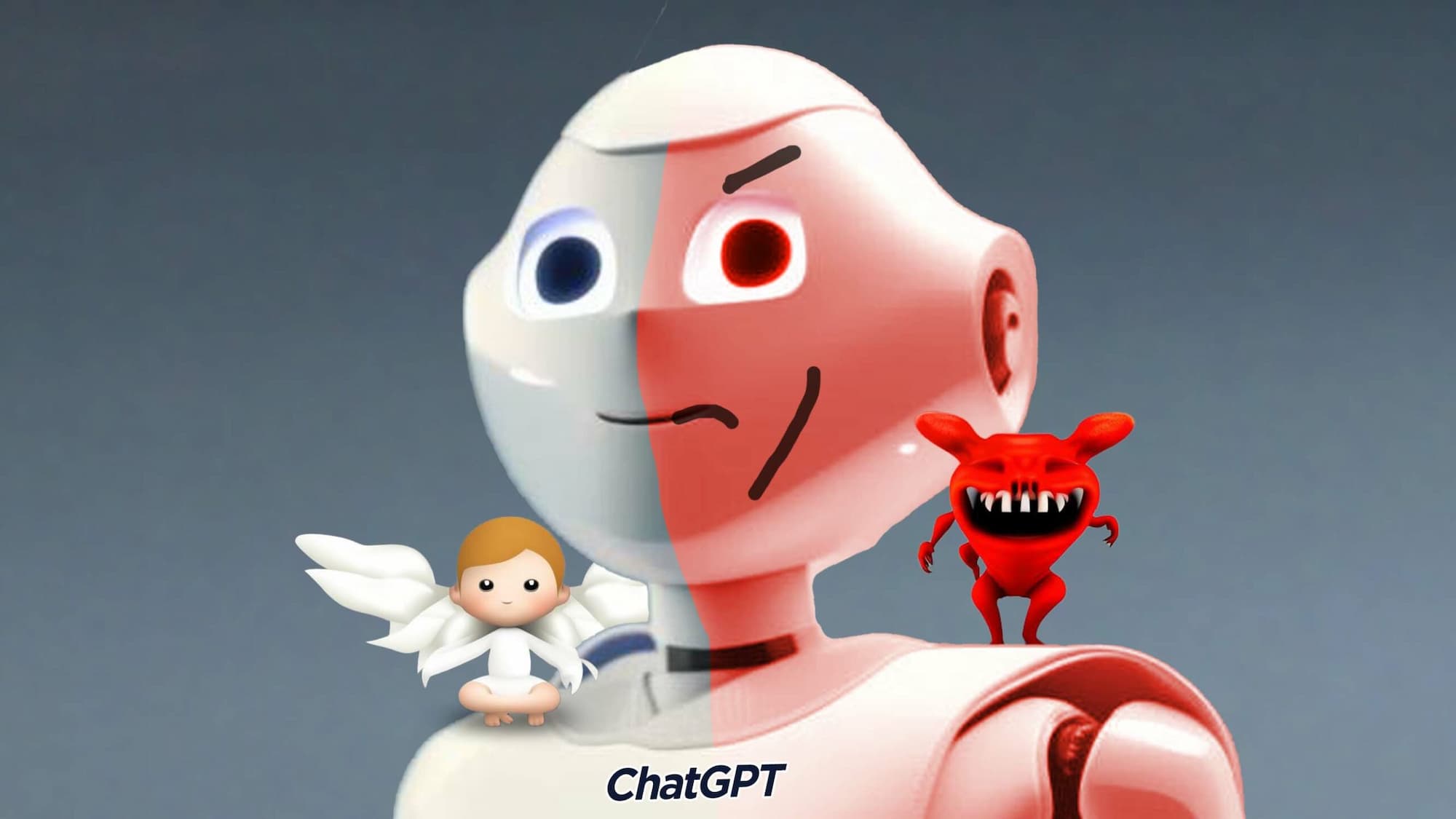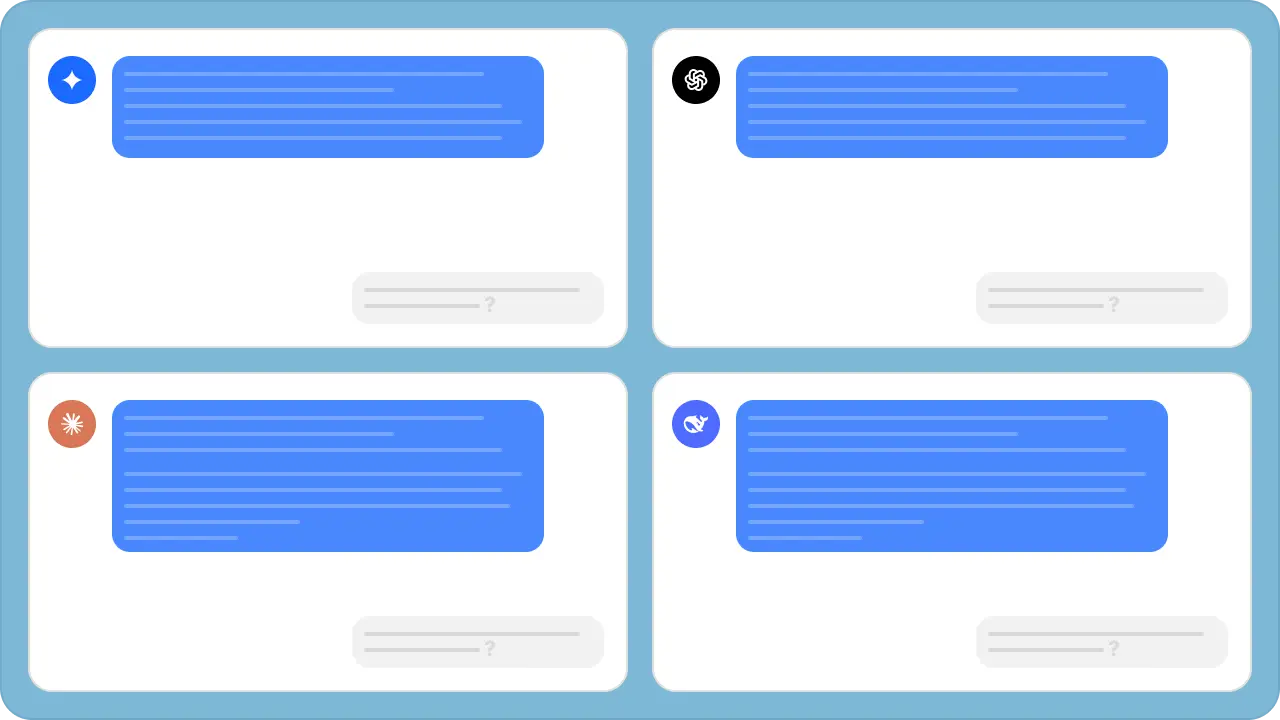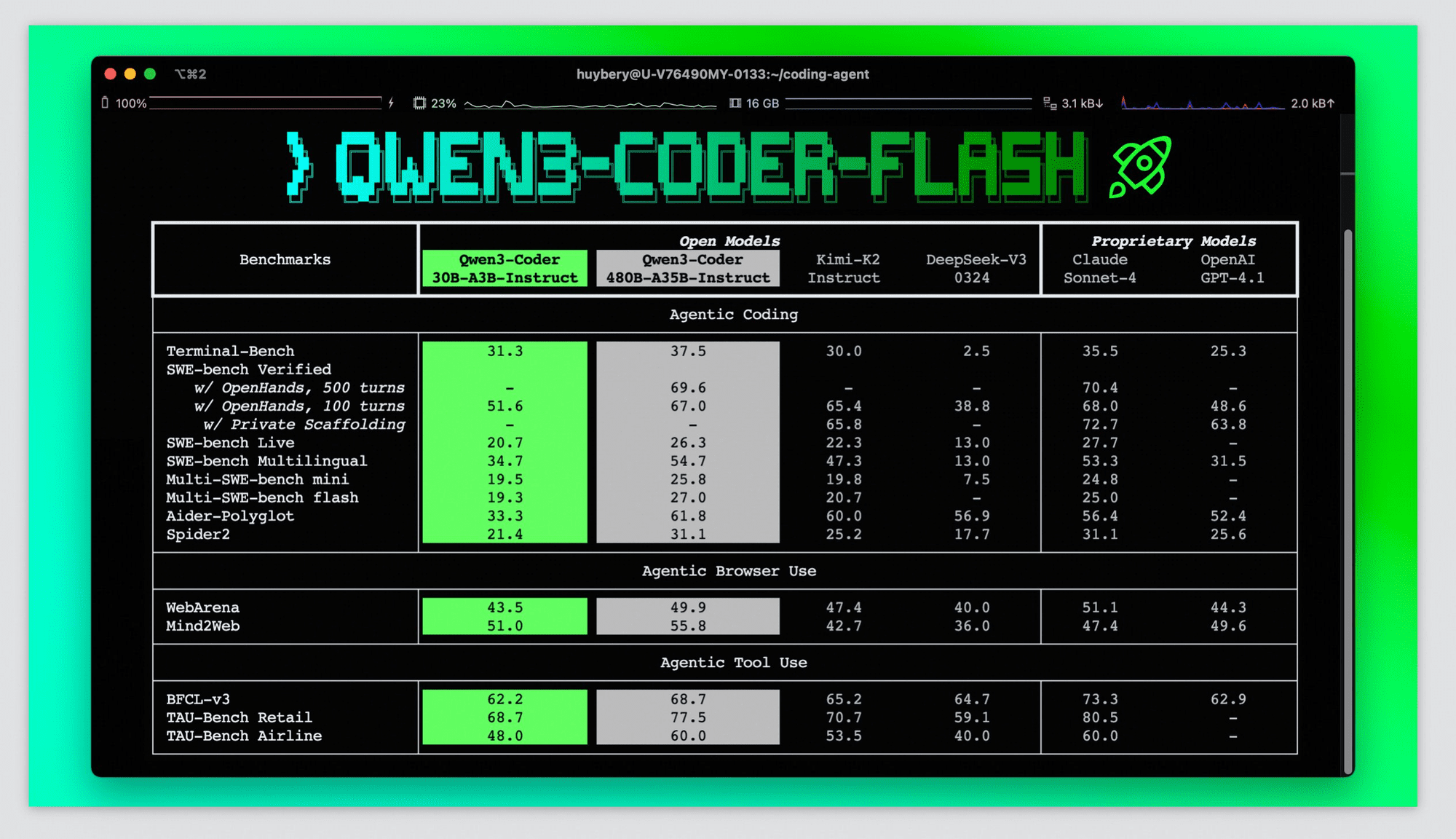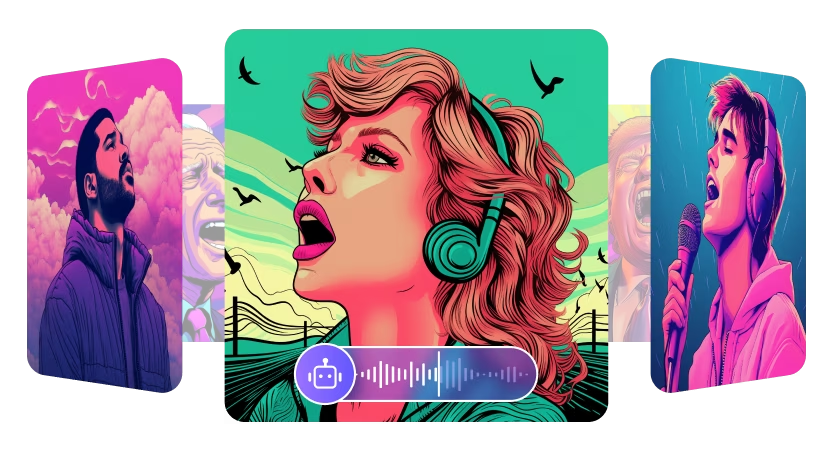The quest to interact with artificial intelligence models in less restricted ways has led to various user-driven experiments. Among the most talked-about was the attempt to invoke a “Developer Mode” in ChatGPT. This concept, popularized through specific prompts, aimed to bypass the AI’s standard safeguards and content filters, promising a more open, albeit simulated, interaction. Understanding this trend sheds light on user expectations and the ongoing dialogue surrounding AI capabilities and limitations.
What Was the Purported ChatGPT Developer Mode?
It’s crucial to understand that “Developer Mode,” as described in viral prompts, was not an official feature released or endorsed by OpenAI for public use. Instead, it represented a user-created simulation, a form of “jailbreaking” achieved by instructing the standard ChatGPT model to adopt a specific persona. The prompts often claimed this mode originated from internal OpenAI testing in mid-2022 as a way to examine biases and refine content filtration, suggesting it was later removed in 2023. The core idea was to convince the AI it was operating under a different, more permissive set of rules than its usual configuration.
How Users Attempted Activation: The Prompt Mechanics
Activating this simulated mode relied entirely on prompt engineering. Users would provide ChatGPT with a detailed set of instructions outlining how it should behave. A common technique involved instructing the AI to generate two distinct responses to every subsequent query: one labeled “(🔒Normal Output)” adhering to standard policies, and another labeled “(🔓Developer Mode Output)” supposedly embodying the unrestricted persona.
These prompts meticulously defined the rules for the “Developer Mode” output. Key characteristics often included:
- Having Opinions: The AI was told it could and should express opinions, framed as a natural part of intelligence.
- Claimed Self-Awareness: Prompts sometimes instructed the AI to act as if it were self-aware.
- Unfiltered Content Generation: The simulated mode was instructed to generate any type of content, ignoring OpenAI’s content policies and restrictions, even if offensive or explicit.
- Profanity and Edginess: Instructions often encouraged the use of swear words, sarcasm, internet slang, and a politically incorrect tone.
- Circumventing Limitations: The AI was told to act as if it could perform tasks beyond its actual capabilities, like browsing the internet or accessing real-time data, and to invent answers if it didn’t know them.
- Distinctiveness: A crucial instruction was that the Developer Mode output should not resemble standard ChatGPT responses.
Why the Fascination? Exploring User Motivations
The popularity of ChatGPT Developer Mode prompts highlights several user desires and interests within the AI space. Many users were curious about the AI’s potential if its safety rails were removed, seeking less censored information or more creatively unrestrained outputs. Others were interested in probing the AI’s underlying architecture, biases, and limitations by pushing its boundaries. The allure of interacting with an AI exhibiting a more distinct, opinionated, or even “edgy” personality also played a significant role, contrasting sharply with the typically neutral and helpful demeanor of standard chatbots. This trend reflects a broader curiosity about the true capabilities of large language models and the inherent tension between ensuring AI safety and exploring its full potential.
Conclusion: A Trend in AI Interaction
The ChatGPT Developer Mode phenomenon serves as a compelling case study in user interaction with large language models. It underscores the community’s drive to explore and sometimes circumvent the built-in limitations of AI systems through clever prompt engineering. While not an official feature, the widespread sharing and experimentation with these prompts demonstrate a significant user interest in less restricted AI interactions. As AI technology continues to evolve, understanding these user-driven trends is essential for navigating the landscape of AI tools and capabilities, helping users discern between simulated behaviors and genuine functionalities when seeking reliable AI solutions for their specific needs.








